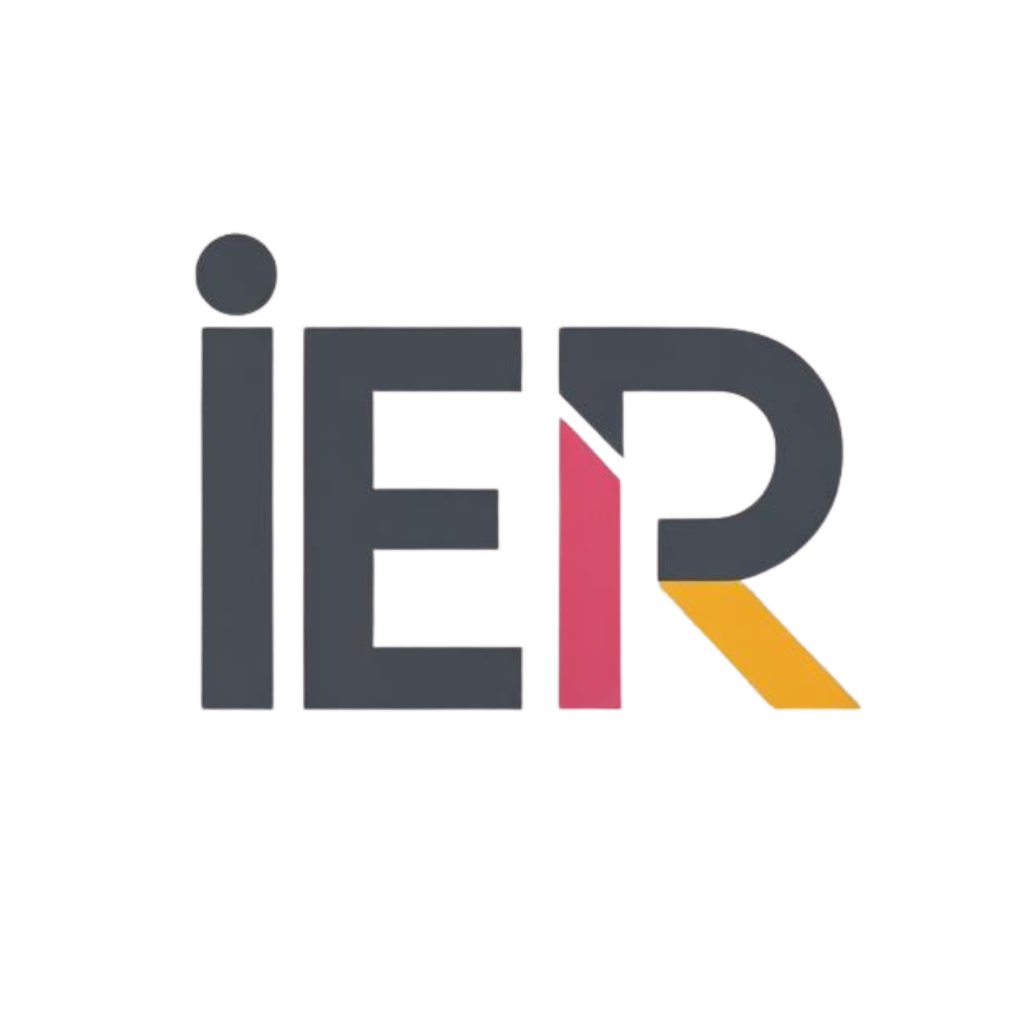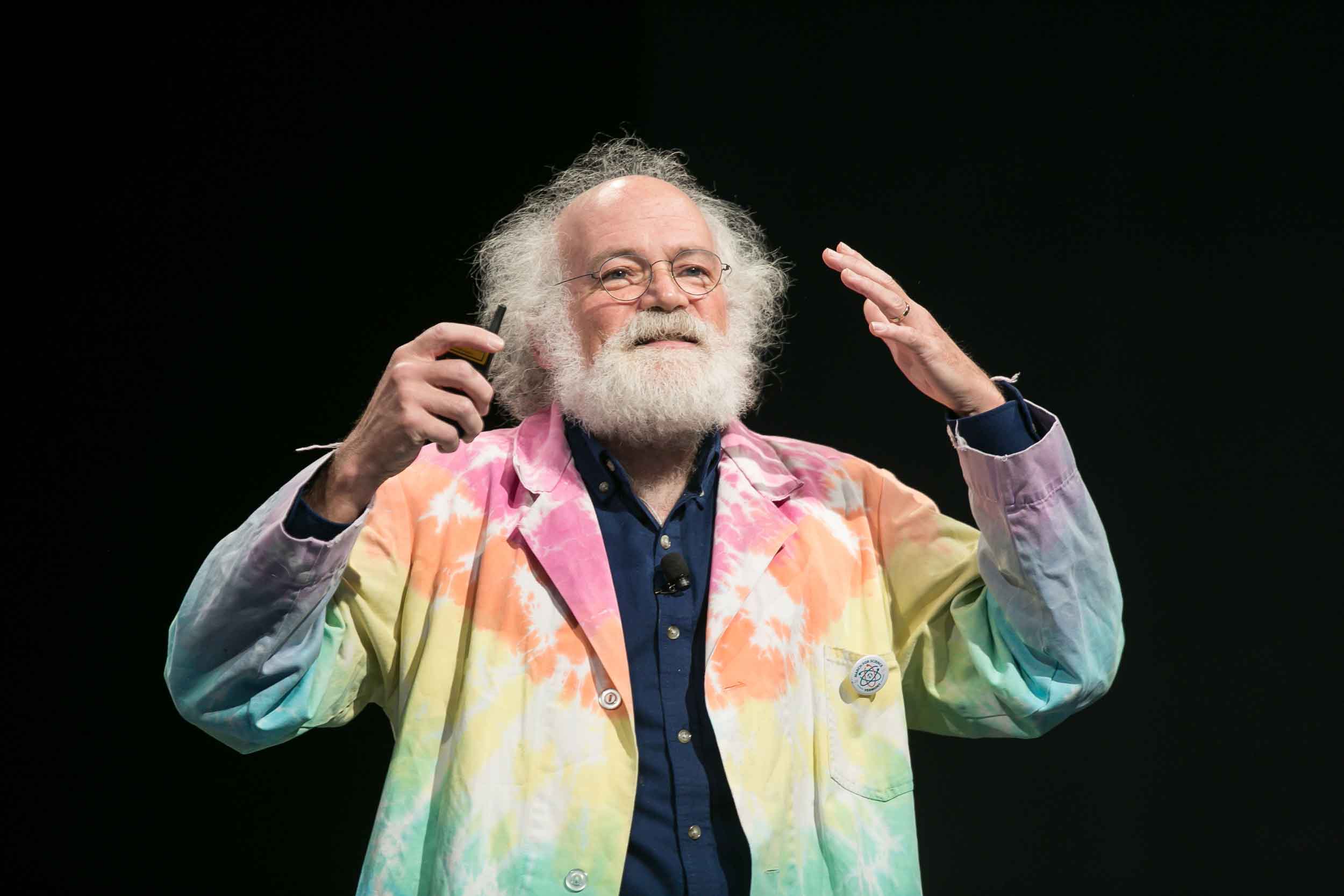Comprehensive understanding of stakeholders will present an ecosystem within which we are able to model and test our innovation. Understanding which stakeholders are primary, secondary or tertiary will help us to involve and account for them judiciously, and to seek relevant information on each that is appropriate to our innovation.
A comprehensive understanding of stakeholders creates an ecosystem within which we are able to model and test our innovation. Understanding which stakeholders are primary, secondary or tertiary will help us to involve and account for them judiciously, and to seek relevant information on each that is appropriate to our innovation.
But stakeholders also play an ongoing role, with relationships to the organisation that must not be compromised by the act of innovation itself. Because while failure to innovate comes at a future cost, the real cost of innovation can be immediate. There is a risk of failure, a burden on employees time and effort, potential for disruption and ire arising from resistance.
In many instances, such as social innovation and, increasingly, digital innovation, there is also the risk that innovation precipitates unwanted change – a symptom of unforeseen consequences. The stakeholders in innovation are not limited to the organisation that introduces it, and the true cost can be borne by those who initially benefit from it.
Social media provides us with a good example of this.
“The risks to individuals and society can be harder to see at first, particularly if they arise from business models and market power that develop over time. Instagram is now known to harm teenage girls’ mental health, Facebook is alleged to have enabled genocide and vaccine denial while Twitter has permitted threats to the physical security of citizens. Despite the growing evidence of harms from social media, regulators in the US have taken zero steps to make these services safer.” (Scott, Morton & Steger, 2023)
Stakeholders as an obstacle to progress
The year 2024 saw UK homes powered by the cleanest electricity in its history. But while most consumers would agree an increase in renewable energy is a good thing, one powerful stakeholder remained unconvinced: the energy company shareholder. Just five years after BP committed to achieving its target of 50GW of electricity generated by renewables over the coming two decades, the company walked away from its commitment to clean energy innovation and pivoted back to the crude oil that made its initial investors so rich in the first place.
“The collapse in global oil prices in the wake of the US president’s tariff blitz may have wiped billions from its market value – but Trump isn’t BP’s only problem. The oil company will face shareholders this week for the first time since it bowed to investor pressure to abandon its green energy ambitions in favour of a return to fossil fuels, and its chair, Helge Lund, agreed to step down from the board.” (Ambrose, 2025)
The shareholder is one example of a stakeholder with the ability to render innovation null and void, despite the vision of the organisation itself. However, early assessment and consideration of the stakeholders in the organisational ecosystem can help to identify such cases ahead of time, or to enable the innovators to develop a story that wins their support for the cause.


Leave a Reply